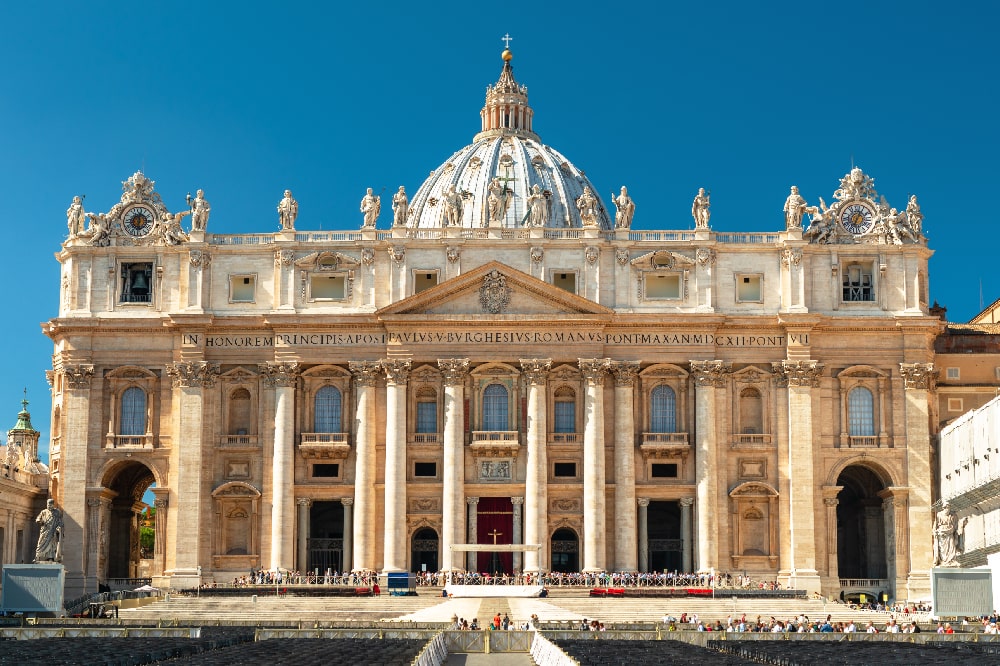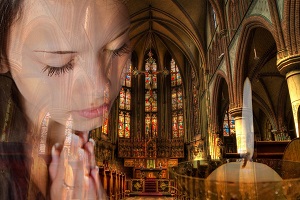What is the nativity scene’s history? Where does this tradition that we experience every year come from? Here is the story of the first nativity scene, the Nativity Scene of Greccio requested by St. Francis.
This year, as every year, a Christian symbol linked to Christmas enters our homes and our churches: the nativity scene. Both in private and public places, the birth of Jesus is celebrated with statues and settings thanks to the creativity of nativity scene craftsmen or DIY lovers.
How many possibilities are there to set up a nativity scene? Neapolitan nativity scenes in terracotta, Arabic or Nordic style nativity scenes, resin or wood: there is a vast world around this sign, which combines Art with Faith.

In his Apostolic Letter Admirabile Signum, Pope Francis also recalled the beauty and preciousness of the nativity scene:
“As we contemplate the Christmas scene, we are invited to set out spiritually, drawn by the humility of the One who became man to meet every man. And we discover that He loves us so much that He joins us so that we too can join Him. […] It is really an exercise in creative imagination, which uses the most disparate materials to create small masterpieces of beauty. One learns as a child: when father and mother, together with grandparents, transmit this joyful habit, which contains in itself a rich popular spirituality.”
So, where does this tradition come from?
The story of the Nativity Scene of Greccio
The story of the nativity scene has as its protagonist a great Italian saint: Saint Francis of Assisi. The year is 1223 and the place is Greccio, a small village near Rieti. Saint Francis, probably arriving from Rome where the Pope had confirmed the Franciscan rule, stopped in the village, where Giovanni Velita, now a friend and follower of the saint, lived. When he saw the caves near Greccio, he remembered an image: Bethlehem, which he had seen on his journey to the Holy Land. In particular, the caves where Jesus was born.

The Canticle of the Creatures of St. Francis
St. Francis of Assisi is one of the most loved and venerated saints by the Catholic Church. Close to the poor, brother of the least…
Perhaps struck by the scenes of the mosaics depicting the Nativity in the Basilica of Santa Maria Maggiore in Rome, Saint Francis felt a strong desire to “represent the Child born in Bethlehem, and somehow see with the eyes of the body the discomforts in which he found himself due to the lack of the things necessary for a newborn, how he was laid in a crepe and how he lay on the hay between the ox and the donkey” (Tommaso da Celano, Vita Prima, 84: Fonti Francescane (FF), no. 468). Fifteen days before Christmas, he expressed this desire and asked Messer Giovanni Velita for help in setting up the first nativity scene in history.
The setting and construction were simple: a cave, a manger, an ox and a donkey were brought to the site. On 25 December, friars, men and women from the area gathered around this scene, carrying flowers and torches. The story of the nativity scene therefore began with a living one, consisting of faithful in flesh and bones who together celebrated the poverty of God made Man. On this praesepium, which means manger, the Eucharist was celebrated by a priest present – Saint Francis had chosen to remain a deacon.
The Miracle
In addition to the idea of the nativity scene, which we still make in homes, and churches but also in the workplace, schools and squares, tradition gives us a miracle. It is said that baby Jesus really appeared in the manger of the Nativity Scene of Greccio, and this moment experienced by the people gathered together became a source of great joy.

People came home from that place deeply moved. Saint Francis was seen that night as he tenderly embraced the Child who appeared in the manger.
This year, as every year, the nativity scene will be a sign of joy that comes from the intuition of a great saint.

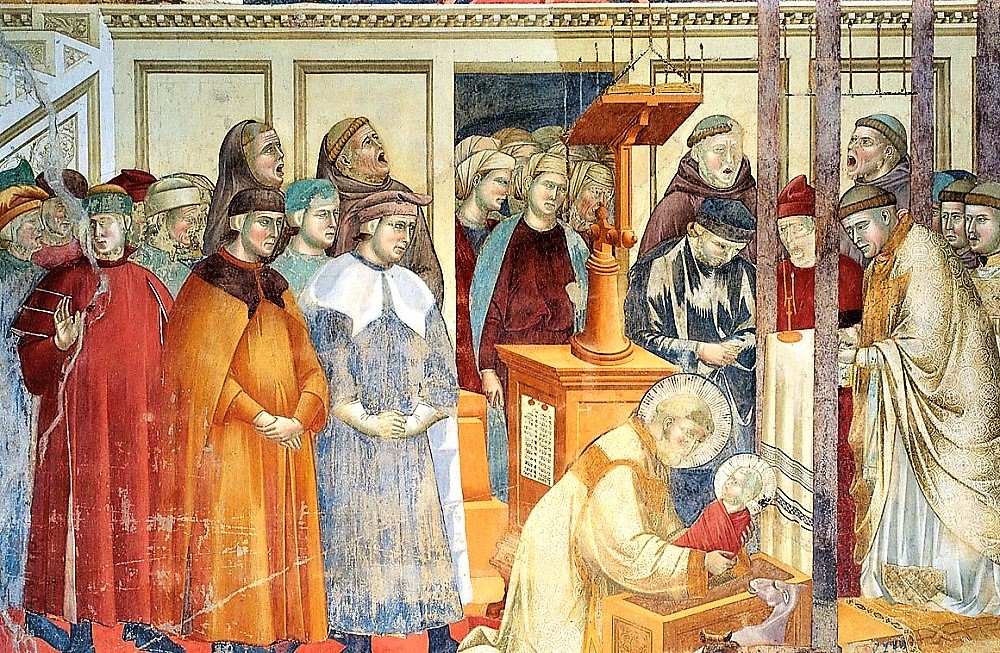
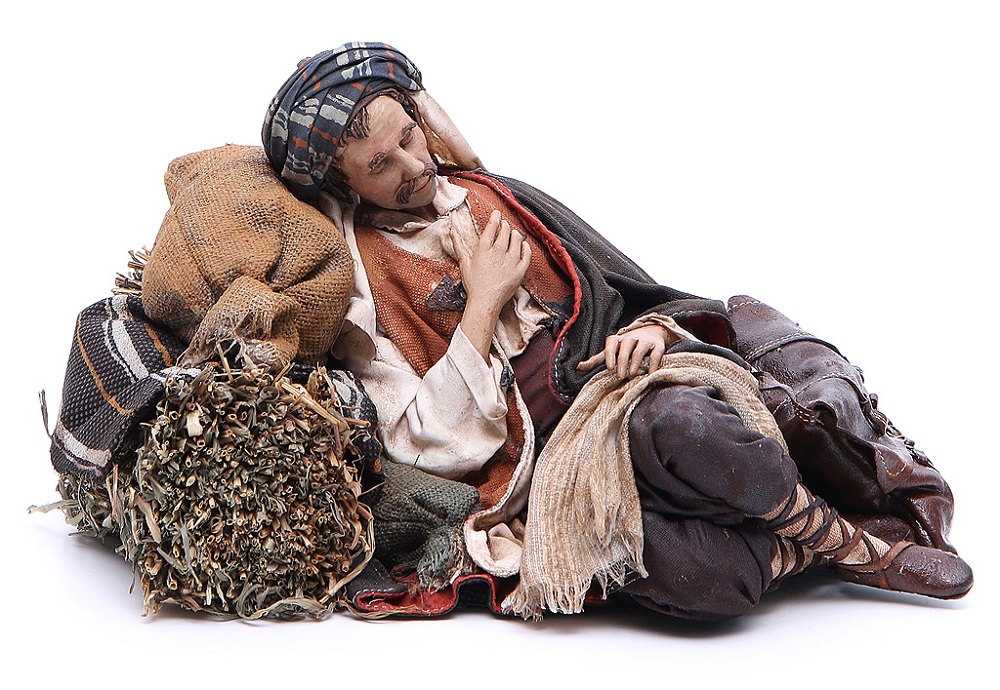
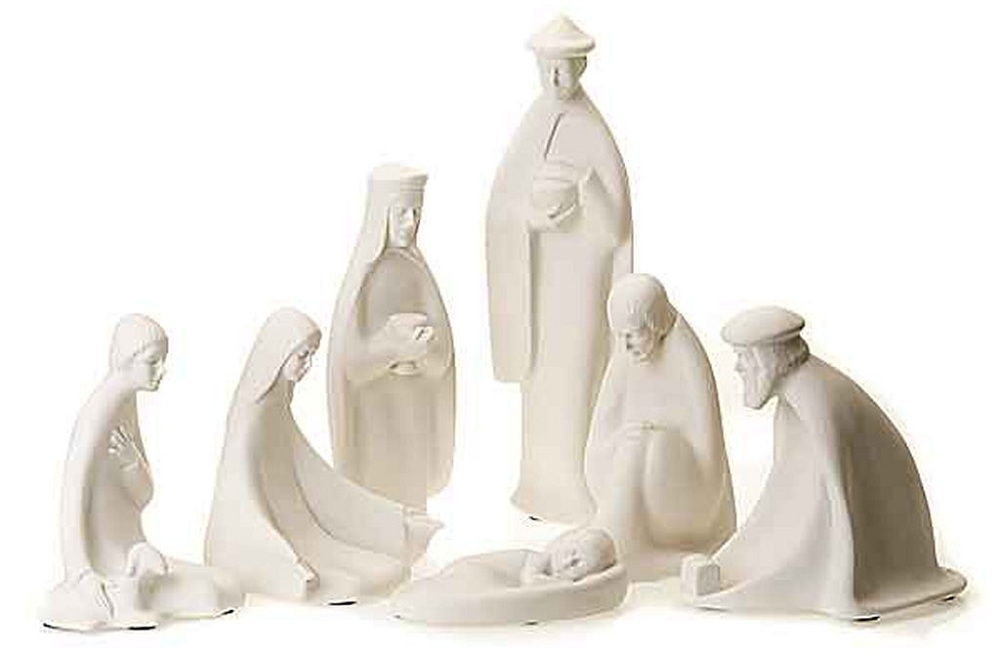
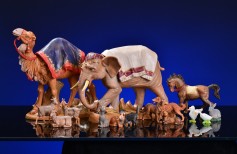
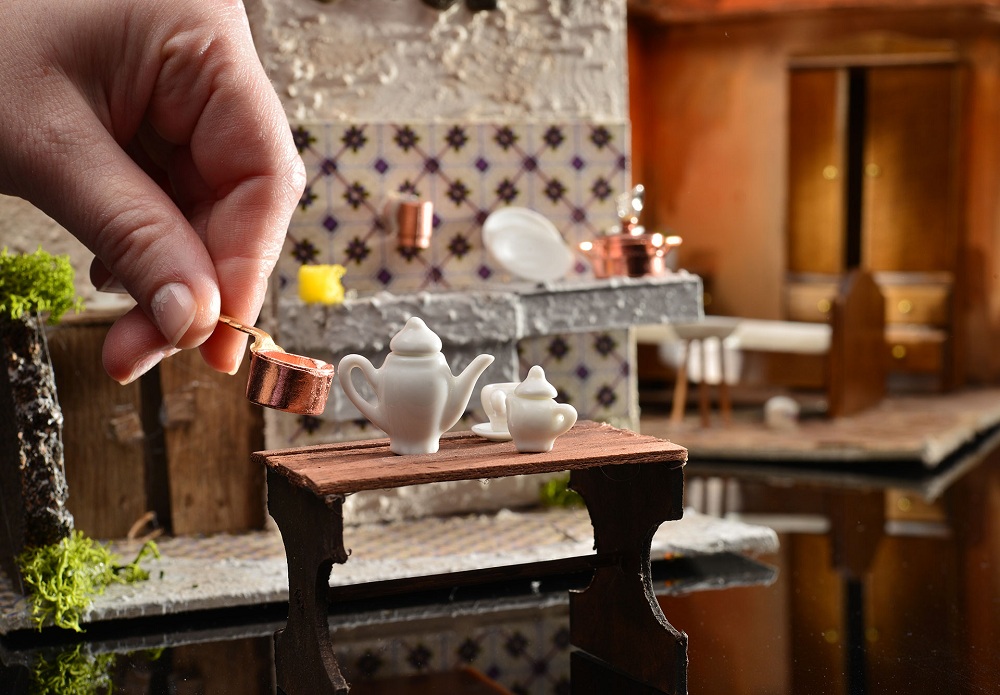
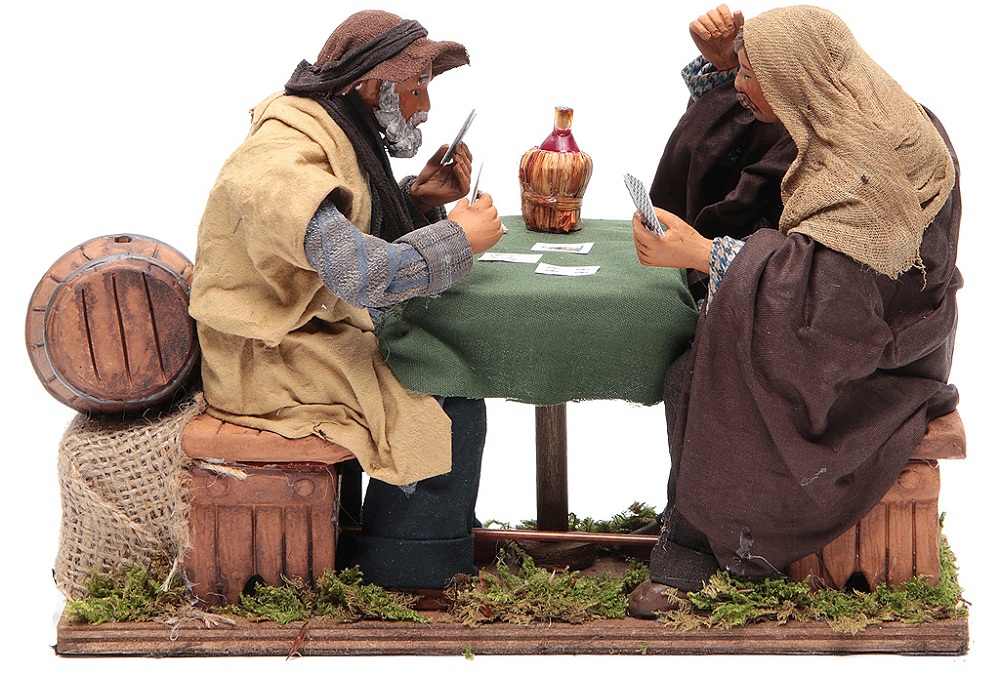
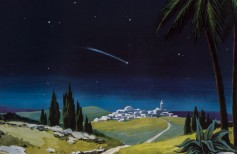
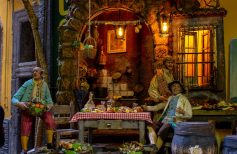

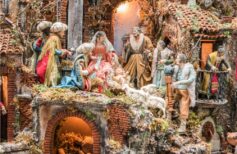








 25 August 2025
25 August 2025

